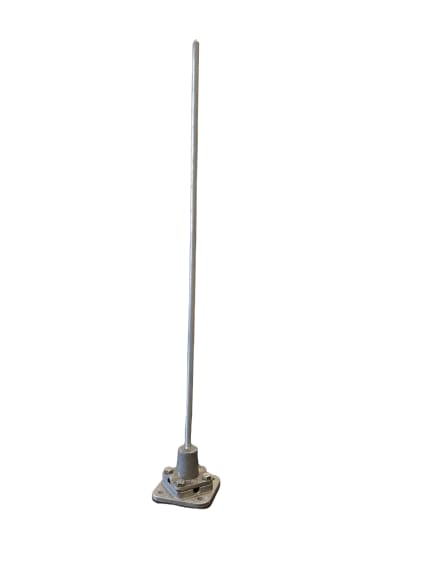External Lightning Protection System is designed to protect a structure from damage due to lightning strikes by intercepting such strikes and safely passing their extreme high currents to ground. Since it is not possible to predict the lightning strikes, it is advisable to take adequate protection against lightning strikes.
Lightning causes major risk to modern electronic systems including computers, data communication networks, CCTV equipment, plant sensors, programmable logic controllers(PLCs), even uninterruptible power supplies (UPSs). To protect the inside electronic systems from lightning currents and transients over voltages, surge protection is needed.
We offer comprehensive Lightning Protection Solution ensuring effective external & internal protection.
The complete system will include conductors, strike termination rods, ground terminals and inter-connecting bonding to minimize side-flashing and surge protection device to prevent harmful electrical surges in power, data and communication lines.
Once a lightning protection system is installed, regular maintenance and periodic safety checks are required to ensure it continues to work at its optimum level.
We provide total solution taking account of all potential risk from lightning.
• Complete range of Type tested LPS components as per IEC 62561(62305).
• Sequentially type tested: Ageing, (10/350µs)100kA Lightning impulse, Mechanical test.
• Effective protection against lightning and switching transients-Offering wide range of SPDs: Power, Signal, Instrumentation, Ethernet, and Telecom lines.
• The external lightning protection system intercepts, conducts and disperses a direct lightning strike safely to earth ensuring effective external protection.
THE ESSENTIAL PARTS OF A LIGHTNING PROTECTION SYSTEM
Air terminals to intercept lightning flash. (i.e., create a preferred point of strike)
Down conductor To Conduct the lightning current to earth.
Earthing system to dissipate current into the earth.
Equipotential Bonding To make an equipotential bond to prevent dangerous potential differences between LPS, structure and internal elements/equipment.






